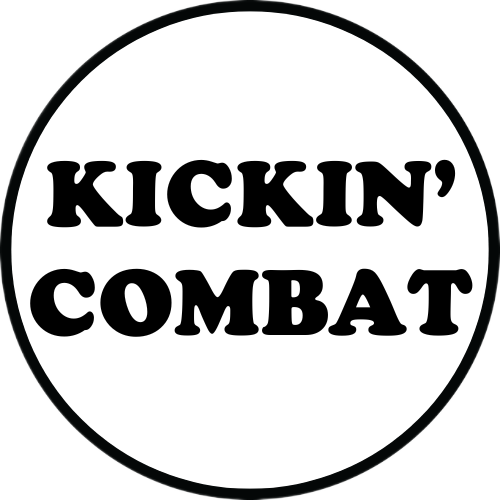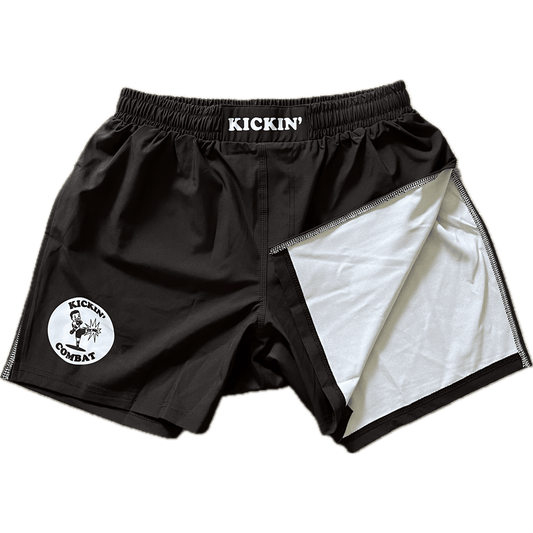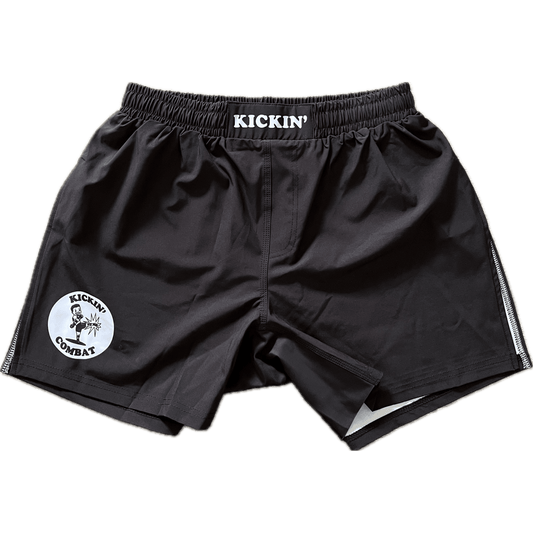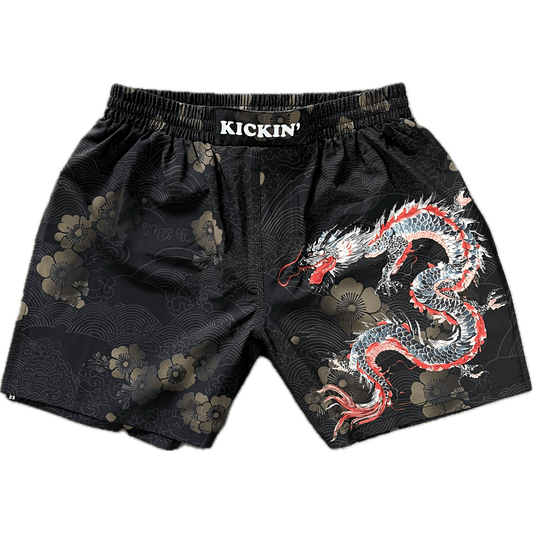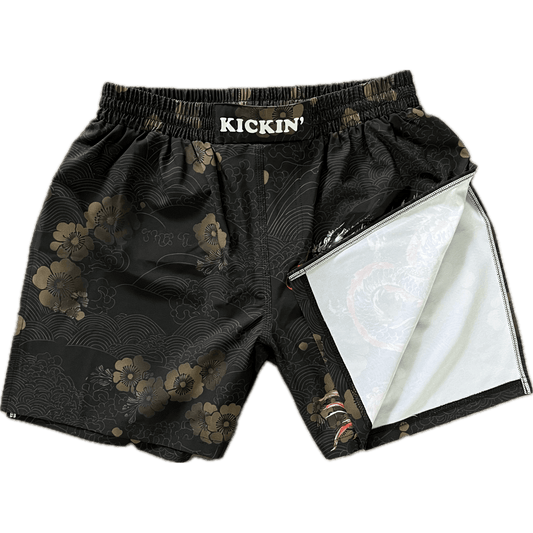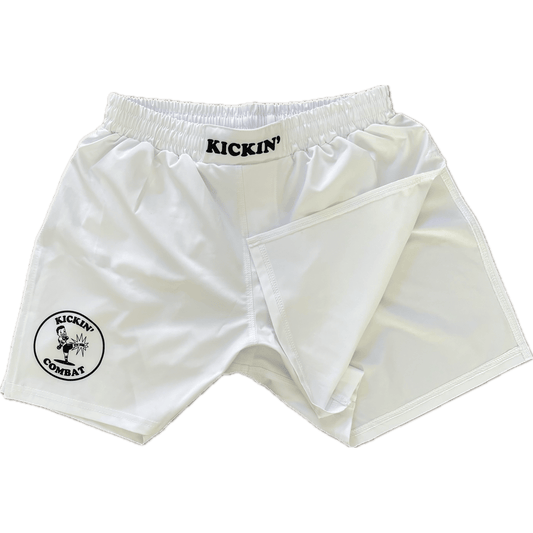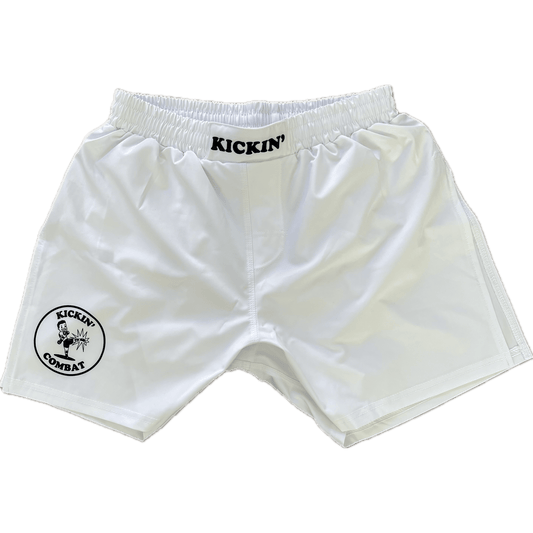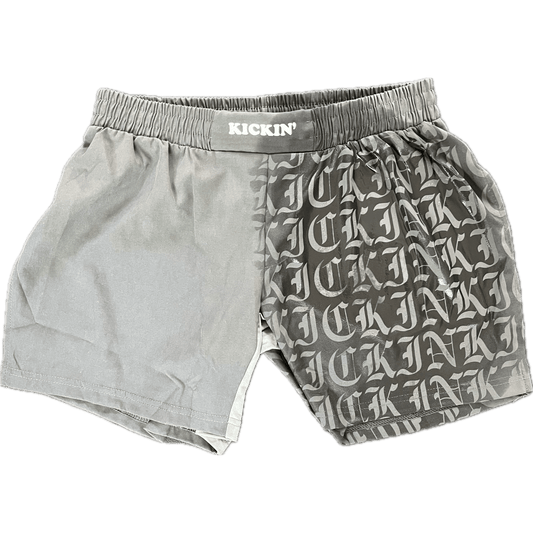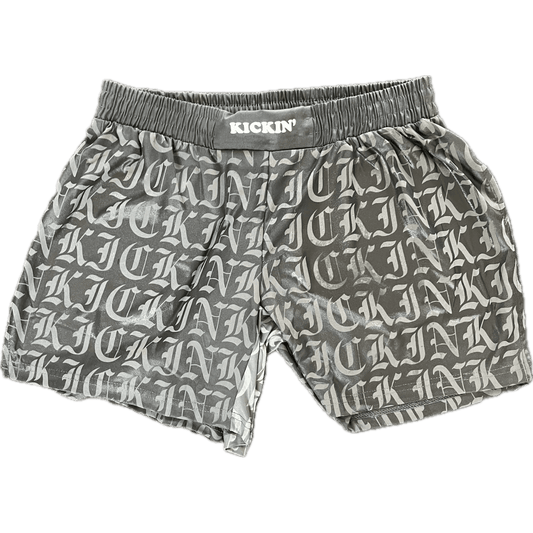Safety and Regulations for Gladiator Shorts for MMA
Gladiator shorts have surged in popularity across the MMA community, known for their style and performance-friendly design. But when it comes to stepping into the cage, athletes must ensure their gear is compliant with official rules. This includes understanding safety and regulations set by athletic commissions and promotions.
Whether you’re training in the gym or preparing for your first amateur bout, this article will break down what makes gladiator shorts safe and legal, how they compare to other types of MMA shorts, and how to choose gear that checks all the boxes for both performance and compliance.
Why Safety Matters in MMA Apparel
Combat sports demand apparel that protects both the athlete and their training partners. Clothing that tears, shifts, or exposes skin improperly can cause distractions or injuries. Regulatory bodies emphasize gear that reduces risk while promoting fair competition.
Gladiator shorts, while stylish and mobile, must be properly constructed to prevent accidents during grappling, striking, or scrambles. Understanding how safety is prioritized in regulations helps fighters make informed choices.
Are Gladiator Shorts Legal in Competition?
Yes, gladiator shorts are legal in many amateur and professional MMA promotions—provided they meet specific requirements. Organizations such as the IMMAF, USFL, and various state athletic commissions approve them as long as they follow guidelines related to material, length, and closure type.
Common MMA Short Regulations to Know
Approved Materials and Closures
MMA shorts must be made from smooth, non-abrasive materials. Most commissions require polyester, spandex blends, or similar moisture-wicking fabrics that minimize friction and allow for breathability.
Closure systems are also regulated. Approved shorts typically use a secure hook-and-loop (Velcro) closure with a drawstring for extra support. Buttons, buckles, or zippers are almost always banned.
Pocket and Zipper Restrictions
Shorts must not contain external or internal pockets. Pockets can catch fingers or toes during grappling and pose a hazard. Zippers are also prohibited due to risk of laceration or entanglement.
Always check product descriptions to confirm that your shorts are designed specifically for combat sports. Casual or fashion-focused versions may include elements that are illegal in sanctioned events.
How to Ensure Your Gladiator Shorts Are Compliant
- Choose shorts from reputable brands focused on MMA gear
- Check for features like reinforced seams, Velcro waistbands, and pocket-free designs
- Pair gladiator shorts with high-quality compression shorts underneath
- Read event or gym uniform policies before purchasing
- Test range of motion and stability before using them in sparring or events
These quick checks can help you avoid surprises at weigh-ins or just before walking into the cage.
Best Practices for Safe MMA Training in Gladiator Shorts
Training sessions may be less strict than competition, but safety still applies. Choose gladiator shorts that stay secure during sprawling, takedowns, and pad rounds. Avoid wearing damaged or stretched-out gear that may slide or bunch unexpectedly.
Always wash your shorts between sessions to prevent bacterial growth, and inspect seams and closures regularly for signs of wear. Properly maintained gear reduces distractions and injuries.
Ultimately, gladiator shorts can be both stylish and safe when chosen and worn with intention. Whether you're preparing for your next competition or drilling at the gym, understanding the rules will help you train smarter and more confidently.

